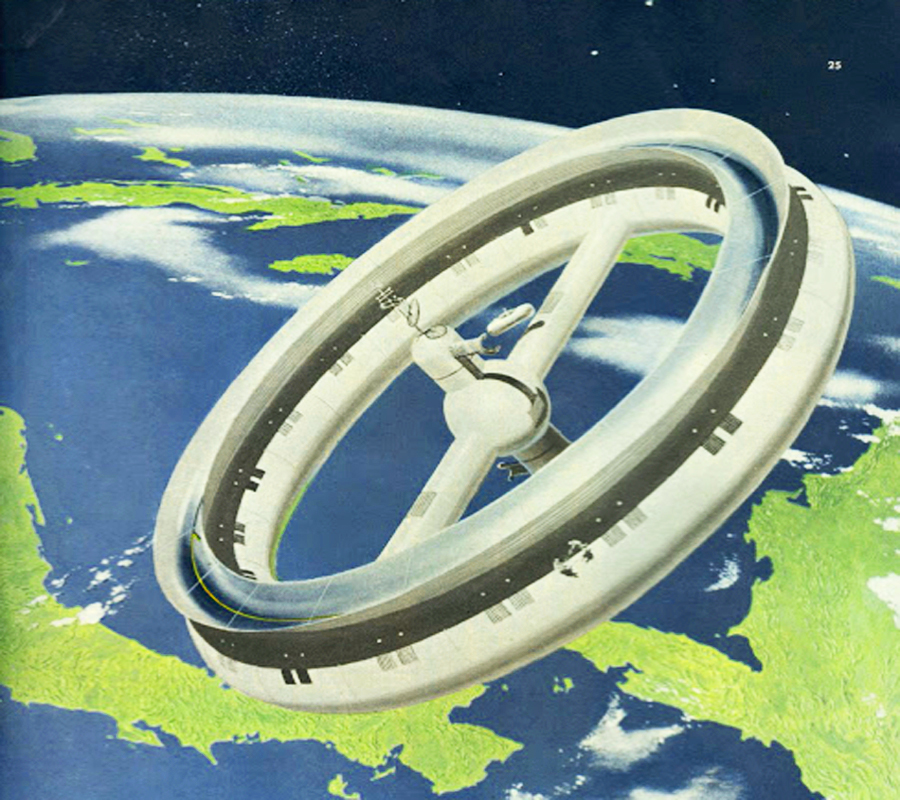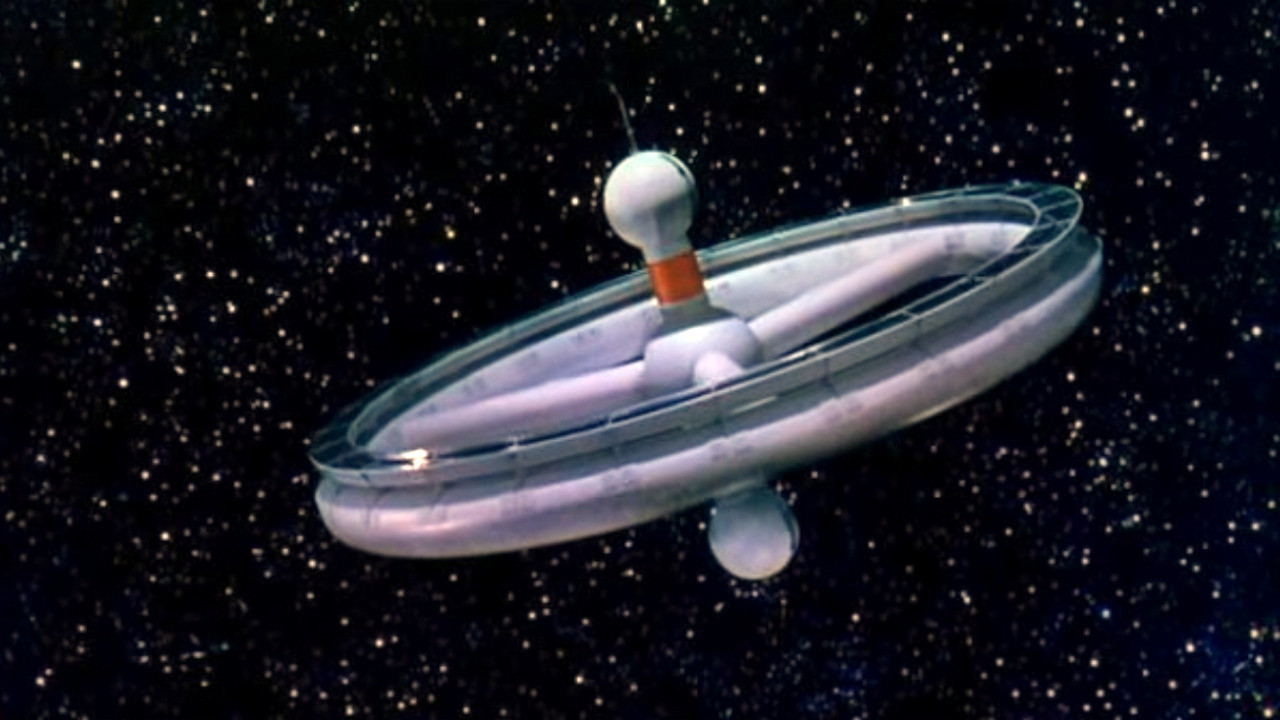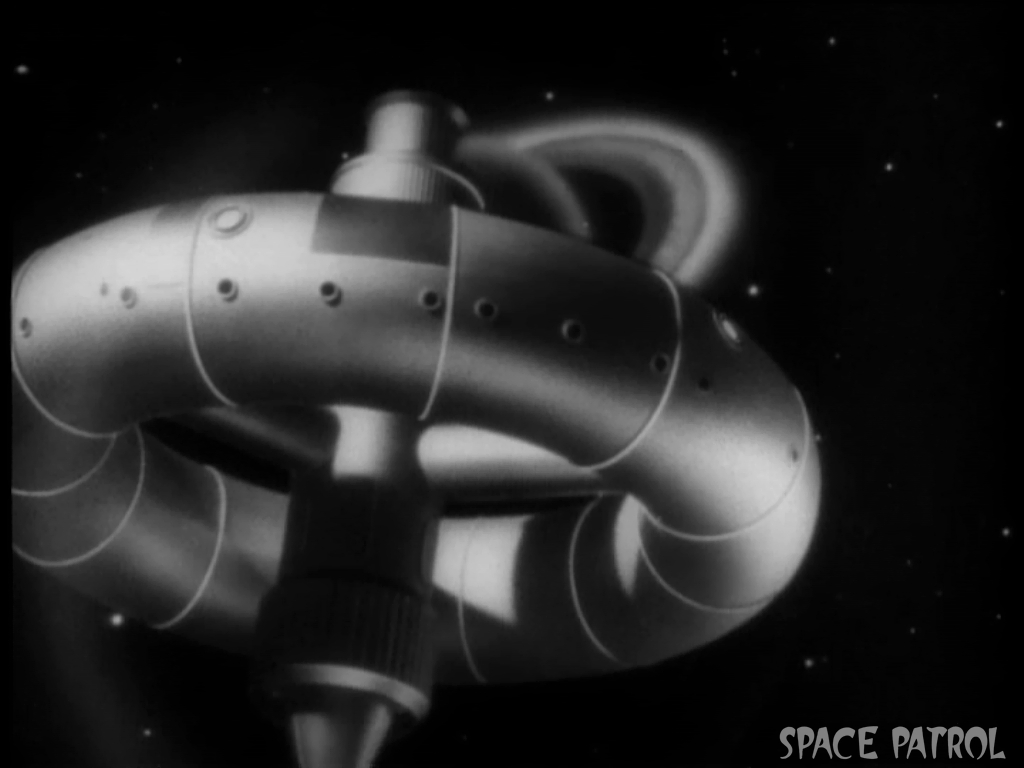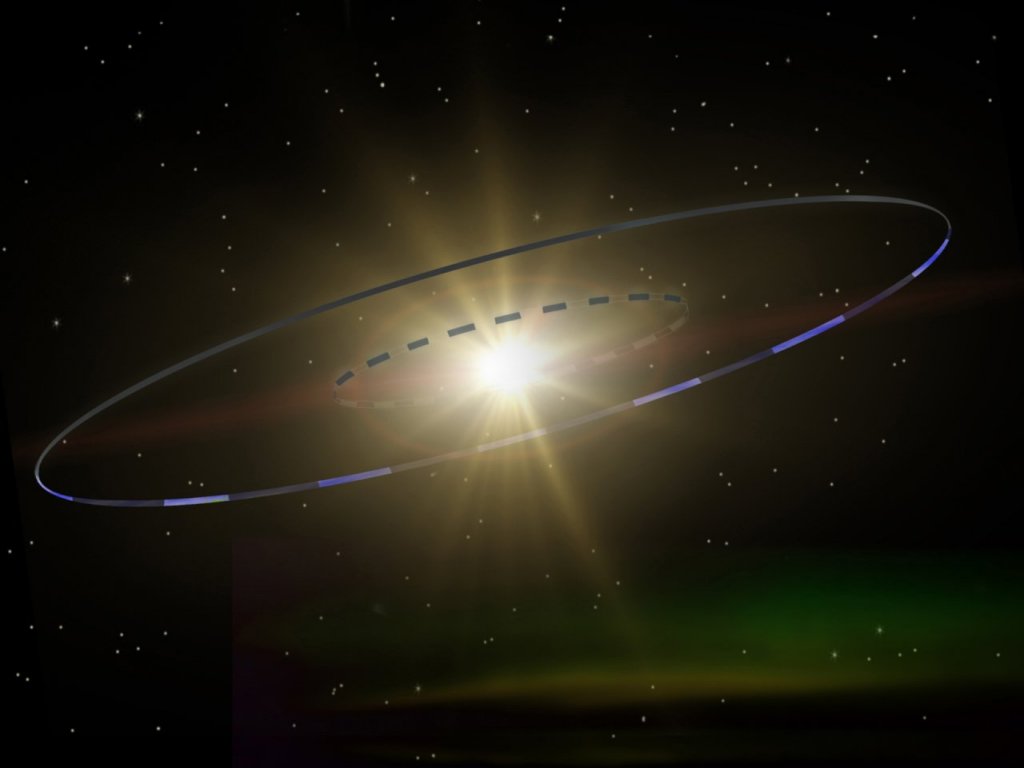Not 'Elysium,' But Better 'Ringworld' Settlements Could Return Our Future to Its Past (Commentary)
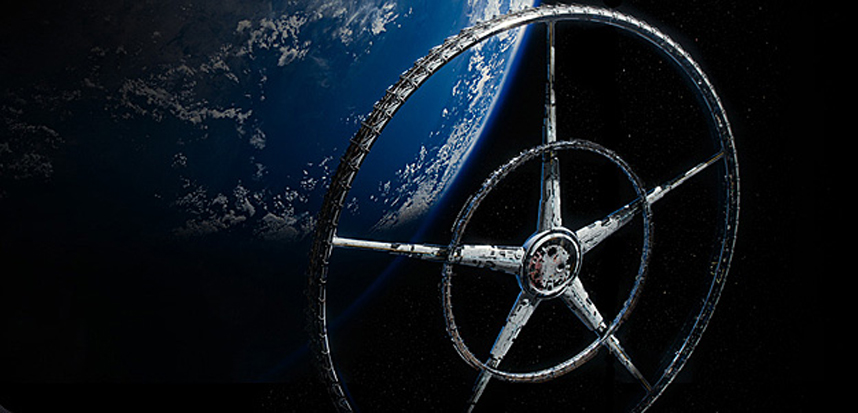
In Stanley Kubrick and Arthur C. Clarke's "2001: A Space Odyssey," the ancestor of humanity throws a bone into the air, which cinematically becomes a spacecraft (an orbiting weapon) sharing the sky with a rotating space station. That's the bone I have to pick with "Elysium" writer-director Neill Blomkamp.
There's not much about "Elysium" I don't love. It's an important, fun, gutsy film (see my "Elysium" movie review on SPACE.com). But to this longtime space enthusiast (read: "geek"), Blomkamp’s appropriation of a ring-world as an icon of evil feels, well, inappropriate. Turning a spin-stabilized, gravity-simulating space settlement into a supercilious, off-Earth Beverly Hills is a gross perversion of a great idea. (See, I told you: "geek.")
But maybe that's exactly Blomkamp's point. [See photos from the dystopian sci-fi film "Elysium"]
"I tend to think a lot about the topic of wealth discrepancy," Blomkamp said in a statement. "I think the further we go down the path that we are on, the more the world will represent the one in 'Elysium'... In Mexico City, in Johannesburg, in Rio, you have pockets of great wealth, gated communities, amidst a sea of poverty. And I think that's where the cities of the US are going to end up, too."
"Ezekiel saw a wheel, way up in the middle of the air …"
— William L. Dawson song lyrics
Early in the film, Blomkamp establishes his giant space habitat named Elysium, as a heavenly home to a half-million ultra-wealthy citizens. He and his visual effects and production designers settled on architecture 37.2 miles (60 kilometers) in diameter and 1.86 miles (3 km) wide. Active air pressure sprays contain its recycling atmosphere. There is no "roof," so space shuttles can come and go (essential to the movie’s plot). A large mass of water ballast stabilizes the wheel-world’s spin, which in turn imparts simulated gravity. "Down" is outward from the center of rotation.
Breaking space news, the latest updates on rocket launches, skywatching events and more!
Longtime space enthusiasts will recognize this as derivative of the seminal space colony design project held during the summer of 1975 at Stanford University, thereafter enshrined in our lore as a "Stanford Torus." [Amazing Space Colony Concepts of the 1970s (Gallery)]
But that was not a wholly new idea. In the late 1920’s, Herman Potocnika and Wernher von Braun proposed donut-shaped space stations rotating to give their residents the effects of gravity by centripetal acceleration.
In 1952, von Braun and other space visionaries – including astronomer Fred Whipple, space science writer Willey Ley and illustrators Chesley Bonestell, Rolf Klep and Fred Freeman – were called to a symposium staged by Colliers magazine. Their creative imagineering spawned a series of articles, titled "Man Will Conquer Space Soon!" which ran in this widely read periodical from 1952 to 1954. Ley penned a highly detailed description of life and work aboard such stations and Freeman created intricate cutaway views.
Hollywood got hold of the idea a year later, as producer George Pal made "Conquest of Space" into a dramatic film, in which astronaut characters depart from low-Earth orbit to explore Mars. The movie contains one of cinema's most obvious continuity errors: The wheel-like space station is seen to change its direction of rotation across a series of camera cuts.
By 1962, the spinning space donut idea had made it to TV. "Planet Patrol’s" Galasphere 347 was a seemingly inflatable sky-wheel with an intrepid crew of marionettes. Exploiting a breakthrough in visual effects, their mouths moved in sync with their voice actors’ soundtrack!
In 1968, "2001: A Space Odyssey" expanded the orbital torus concept to a larger-capacity paired ring. The film depicts this station as operational while under construction, just as the actual International Space Station would be in the actual year 2001.
ISS, being a government-run project, is of course much smaller and is not ring-shaped. Further, it fails to offer variable gravity to its tiny crew and has been more costly to build than 20 Hollywood big-budget-blockbuster movies. [Yes, only a space geek would say that.]
A mere two years after Clarke and Kubrick's novel and film came out, hard science fiction author Larry Niven blew the airlock-doors off size expectations with his "Ringworld." Niven imagined what would happen if an advanced civilization turned the material resources of its entire inner solar system into a ring with roughly the diameter of Earth's orbit. That yields a torus with a circumference of nearly 600 million miles (966 million km). Niven calculated there'd be enough material to make such a ring about 1 million miles (1.6 million km) wide.
Which brings us rotating around back to the Stanford Torus: For those of us space enthusiasts old enough to have lived it the first time around, Blomkamp's Elysium is bittersweet. (Full disclosure: This reporter worked with Dr. Gerard K. O’Neill’s Space Studies Institute to develop and promote self-sustaining space settlements and the technologies to build them.) [Exclusive SPACE.com interview with "Elysium's" Matt Damon (Video)]
It is very nice to see the full-up Stanford Torus-derived habitat in "Elysium" rendered with all the craft, skill and computer graphic muscle that a Hollywood budget confers. But it’s a bit of a stomach punch too.
Far from exclusive playgrounds for the mega-wealthy, such space colonies were originally conceived as egalitarian engines for wealth distribution. We imagined self-sustaining islands built, as much as possible, with materials and energy NOT raped from Earth, but from the unused bounty of the moon, asteroids and the all-powerful sun.
At the start, they were simply an answer to a question of physics that Dr. O’Neill posed to the brightest students in his undergrad physics class during a special weekly seminar he’d set up for them: "Is the surface of a planet really the right place for an expanding technological civilization?"
As O’Neill would later comment, "Once you ask the right question, the right answer follows almost automatically." Turns out, the class found, we get much better economics from using materials already above the "gravity well" of Earth to efficiently build large structures in space, powered by essentially free solar energy.
The early ones were to be the work camps for humans helping robots to build large solar-power satellites for the specific purpose of supplying people on Earth with low-cost, non-polluting, zero-carbon energy, especially in developing nations.
Eventually, we thought, such dwellings could become independent worlds where peoples of like mind were free to practice their chosen lifestyles.
With the resources of the asteroid belt alone, brighter minds than mine calculated that we could build island worlds to house at least 60 billion human beings.
Our core conviction was to provide an open-ended future for a civilization to grow far beyond the carrying capacity of its home world — to do the ultimate job of planetary stewardship without limiting growth and opportunity.
It may have been naïve, but it was a beautiful vision.
"Elysium" envisions what happens if we take the wrong path, if the greatest good is not eventually disseminated to the greatest number.
In the universe of "Elysium," Matt Damon’s character, Max, seeks to right the wrongs of a world turned inside out. With the emergence of 3D printing, powerful and cheap computing, elegant robotics, low-cost access to space and a global need for low-carbon energy, it’ll be technologically feasible for us — here in the real universe — to build such human-created worlds very soon.
We can use the lessons of "Elysium" to ensure we build them righteously. And for the right reasons.
Follow Dave Brody on Twitter @DaveSkyBrody. Follow us @Spacedotcom, Facebook or Google+. Originally published on SPACE.com.

Dave Brody has been a writer and Executive Producer at SPACE.com since January 2000. He created and hosted space science video for Starry Night astronomy software, Orion Telescopes and SPACE.com TV. A career space documentarian and journalist, Brody was the Supervising Producer of the long running Inside Space news magazine television program on SYFY. Follow Dave on Twitter @DavidSkyBrody.

